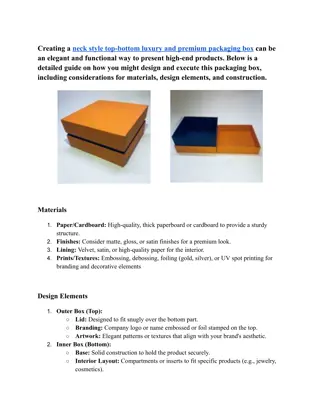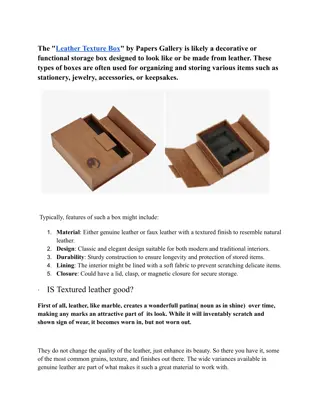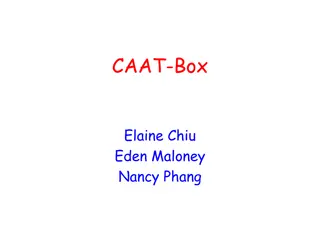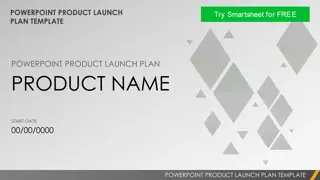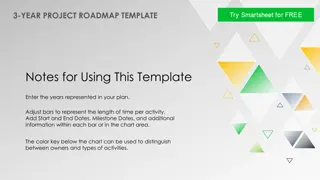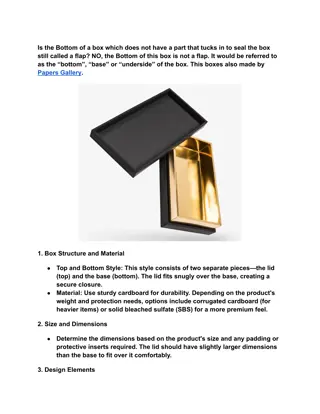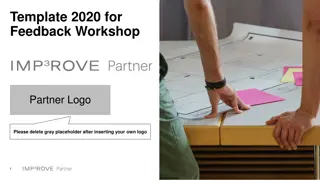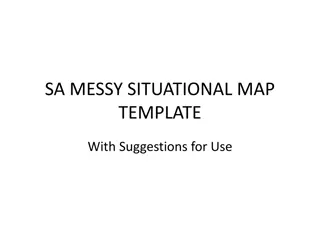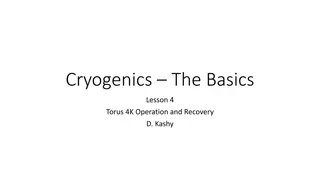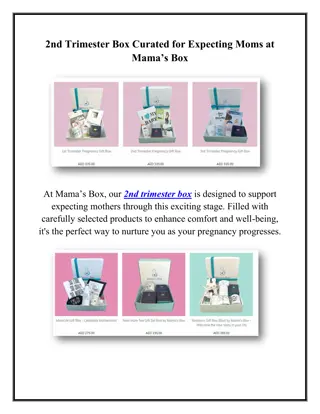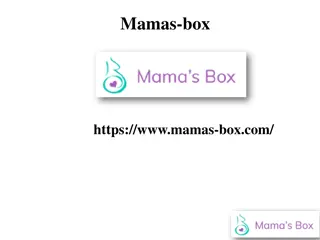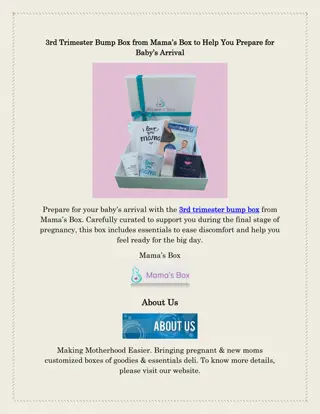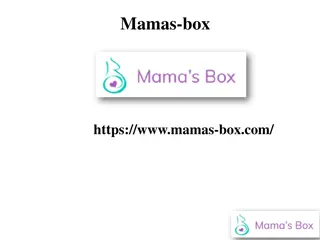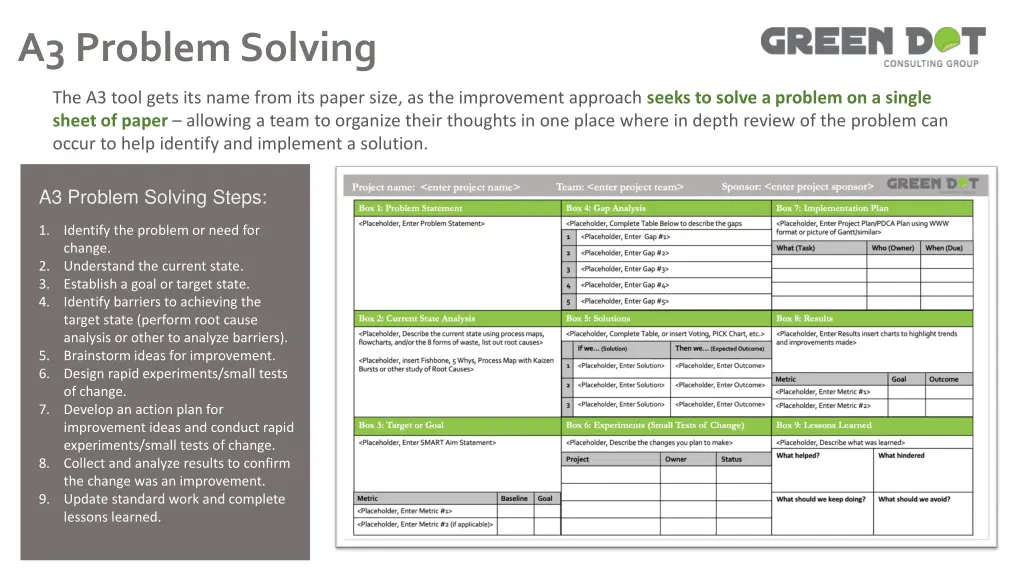
A3 Problem Solving Steps and Tools
Learn about the A3 problem-solving methodology, a structured approach that helps teams identify, analyze, and solve problems effectively on a single sheet of paper. Follow the steps outlined to tackle issues efficiently and drive continuous improvement within your organization.
Download Presentation

Please find below an Image/Link to download the presentation.
The content on the website is provided AS IS for your information and personal use only. It may not be sold, licensed, or shared on other websites without obtaining consent from the author. If you encounter any issues during the download, it is possible that the publisher has removed the file from their server.
You are allowed to download the files provided on this website for personal or commercial use, subject to the condition that they are used lawfully. All files are the property of their respective owners.
The content on the website is provided AS IS for your information and personal use only. It may not be sold, licensed, or shared on other websites without obtaining consent from the author.
E N D
Presentation Transcript
A3 Problem Solving The A3 tool gets its name from its paper size, as the improvement approach seeks to solve a problem on a single sheet of paper allowing a team to organize their thoughts in one place where in depth review of the problem can occur to help identify and implement a solution. A3 Problem Solving Steps: 1. Identify the problem or need for change. Understand the current state. Establish a goal or target state. Identify barriers to achieving the target state (perform root cause analysis or other to analyze barriers). Brainstorm ideas for improvement. Design rapid experiments/small tests of change. Develop an action plan for improvement ideas and conduct rapid experiments/small tests of change. Collect and analyze results to confirm the change was an improvement. Update standard work and complete lessons learned. 2. 3. 4. 5. 6. 7. 8. 9.
Sponsor: <enter project sponsor> Team: <enter project team> Project name: <enter project name> Box 1: Problem Statement Box 4: Gap Analysis Box 7: Implementation Plan <Placeholder, Enter Problem Statement> <Placeholder, Complete Table Below to describe the gaps <Placeholder, Enter Project Plan/PDCA Plan using WWW format or picture of Gantt/similar> 1 <Placeholder, Enter Gap #1> What (Task) Who (Owner) When (Due) 2 <Placeholder, Enter Gap #2> 3 <Placeholder, Enter Gap #3> 4 <Placeholder, Enter Gap #4> 5 <Placeholder, Enter Gap #5> Box 2: Current State Analysis Box 5: Solutions Box 8: Results <Placeholder, Describe the current state using process maps, flowcharts, and/or the 8 forms of waste, list out root causes> <Placeholder, Complete Table, or insert Voting, PICK Chart, etc.> <Placeholder, Enter Results insert charts to highlight trends and improvements made> If we (Solution) Then we (Expected Outcome) <Placeholder, insert Fishbone, 5 Whys, Process Map with Kaizen Bursts or other study of Root Causes> 1 <Placeholder, Enter Solution> <Placeholder, Enter Outcome> Metric Goal Outcome 2 <Placeholder, Enter Solution> <Placeholder, Enter Outcome> <Placeholder, Enter Metric #1> 3 <Placeholder, Enter Solution> <Placeholder, Enter Outcome> <Placeholder, Enter Metric #2> Box 3: Target or Goal Box 6: Experiments (Small Tests of Change) Box 9: Lessons Learned <Placeholder, Enter SMART Aim Statement> <Placeholder, Describe the changes you plan to make> <Placeholder, Describe what was learned> What helped? What hindered Project Owner Status Metric Baseline Goal What should we keep doing? What should we avoid? <Placeholder, Enter Metric #1> <Placeholder, Enter Metric #2 (if applicable)>
Sponsor: <enter project sponsor> Team: <enter project team> Project name: <enter project name> Box 1: Problem Statement Box 4: Gap Analysis Box 7: Implementation Plan Box 2: Current State Analysis Box 5: Solutions Box 8: Results Box 3: Target or Goal Box 6: Experiments (Small Tests of Change) Box 9: Lessons Learned
A3 Problem Solving Current State Transitional State Improved State Box 1: Box 4: Box 7: Reason for Action Gap Analysis Completion Plan Box 2: Box 5: Box 8: Initial State Solution Approaches (Ideas for Improvement) Results Box 3: Box 6: Box 9: Target State Rapid Experiments Lesson Learned 4


